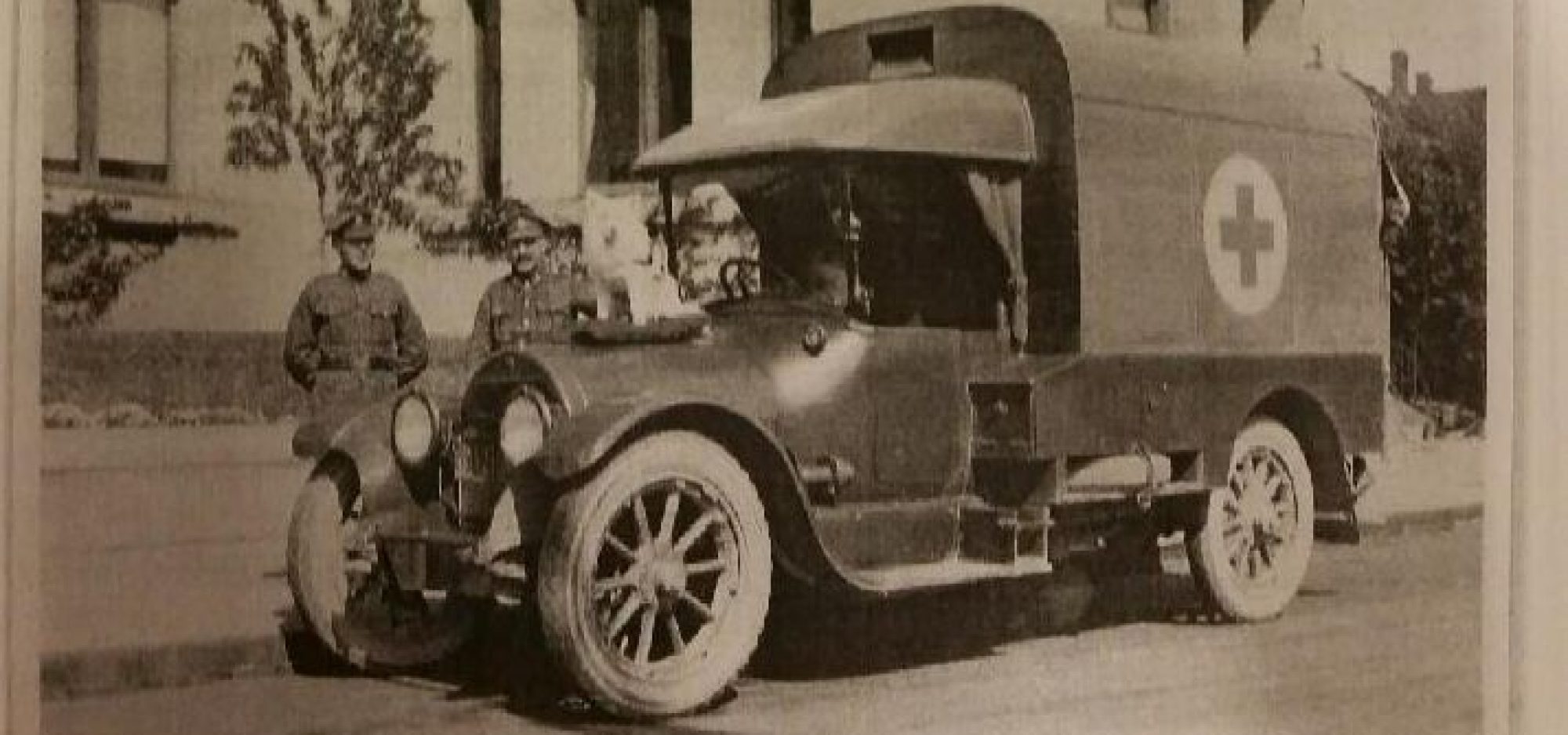 The story of Muggins traces its origins to Victoria during the Great War, when the Red Cross played a major role in supporting the war effort. Muggins was a white Spitz dog owned by Mrs. G.W. Woodward of Victoria and he was dedicated to raising money for the sick and wounded Canadian troops fighting overseas. He would raise money for other patriotic societies, but the Red Cross was the organization he spent the most time with. Considering that he operated in downtown Victoria, it was not uncommon to get a glance at the city’s most beloved fundraiser.
The story of Muggins traces its origins to Victoria during the Great War, when the Red Cross played a major role in supporting the war effort. Muggins was a white Spitz dog owned by Mrs. G.W. Woodward of Victoria and he was dedicated to raising money for the sick and wounded Canadian troops fighting overseas. He would raise money for other patriotic societies, but the Red Cross was the organization he spent the most time with. Considering that he operated in downtown Victoria, it was not uncommon to get a glance at the city’s most beloved fundraiser.
Aside from fundraising, Muggins had the ability to lighten up the mood wherever he went which is worth noting due to the struggles of the war during this period. On November 11, 1918 the Armistice with Germany was signed, bringing the end to a four year conflict. Although the war appeared to be over, Muggins’ work was still not done as he still had a role to play in the community, particularly in the Victoria Day Parades in 1918 and 1919. The Victoria Red Cross had its own float during these parades and Muggins was often the main attraction; the float itself was worthy enough of winning the prize of third place in 1919. The Red Cross floats were featured in many parades aside from Victory Day and many Red Cross units operated under the main district branch in downtown Victoria. Muggins would pass away in early 1920, but his work for the Red Cross went beyond the war, affecting the community everywhere he went.
The authors are grateful for the kind assistance of historian Sylvia Van Kirk who is doing extensive research on Muggins for a forthcoming book.
References
Jenkins, Paul. “The Story of Muggins, the Red Cross Fundraising Dog.” Red Cross Canada. Last modified 9 October 2014. http://www.redcross.ca/blog/2014/10/the-story-of-muggins–the-red-cross-fundraising-dog.
“Muggins Float.” Daily Colonist. 5 May 1919. http://archive.org/stream/dailycolonist61y138uvic#page/n1/mode/1up/search/red+cross+parade+paraded.
